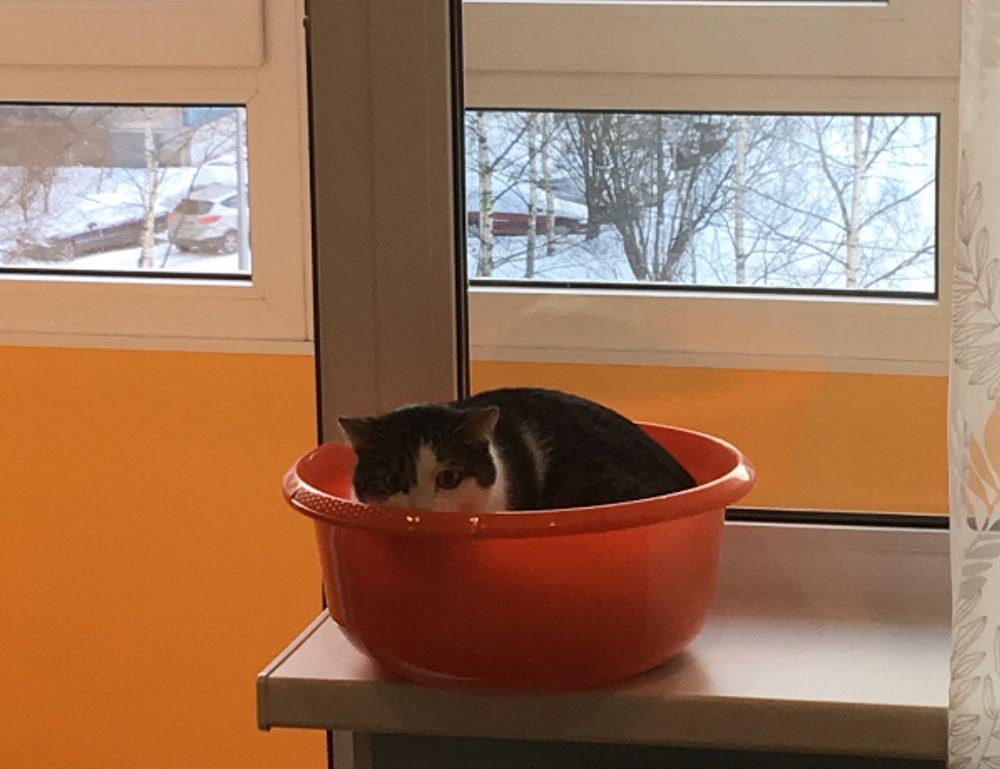The Core of the software ralbel28.2.5 issue
The software ralbel28.2.5 issue centers around a problematic thread state that intermittently causes delayed acknowledgments in task processing queues. No consistent pattern, no clear root ghost—it pops in and out, mostly under medium to heavy loads across distributed deployments. Think of it like a misfiring cylinder in an otherwise clean engine: you can keep driving, but there’s always a hitch.
Reported behaviors? Eventual queue buildups, delayed job listings, inconsistent logging heatmaps, and phantom status failures that disappear when you’re trying to catch them in the act.
The version itself, labeled 28.2.5, was supposed to patch out some earlier eventloop bugs in prior 28.x builds. But instead of resolution, it introduced a higher occurrence rate of unexpected NULL dumps in the runtime layer. And while these aren’t “fatal,” they’re disruptive enough to make users question system stability longterm.
Current Workarounds in the Wild
There’s no official fix (as of the most recent patch documentation), but there are practical ways to minimize the fallout. Some of the more trusted strategies floating around include:
Rolling back to version 28.2.3, which doesn’t have the same threading latency issue, though it sacrifices some performance improvements. Isolating queue handlers on separate compute instances to reduce conflict spinouts. Custom heartbeat scripts, which prewarn system admins when lag thresholds hint failure behavior. Clearing transient task locks hourly via cronjob patches.
None of these are perfect, and all of them cost time. But in wartime software environments, temporary peace beats uncontrolled chaos.
What’s Not Working (And Why It Matters)
Naturally, many tried to bruteforce it. Rebuilding containers, ripping out modules, full stack redeploys—none seem to neutralize the recurring spikes caused by this bug. And diving into it shows us why.
This bug’s real damage happens in the gap between message dispatch and resource allocation. There’s a tiny desync where task confirmations drop, even though the underlying process executes successfully. So the scheduler thinks a job failed, retries it, and wham—you’ve got duplicates, pushbacks, and stalled threads. Killing the task queue resets the system, masking the issue until it cycles back.
Unacknowledged duplication might sound minor, but in production environments—especially those using parallel task runners or microservices—this results in timeouts, excess compute charges, and userfacing errors.
Who’s Talking About It
Developers and admins are airing grievances across GitHub threads, dev forums, and even Reddit. The most upvoted posts summarize the pain like this: “It’s not breaking my app, but it’s slowly draining the life out of my logs.”
Tags like #ralbel2825Fail and #GhostThread have even popped up in internal Slack groups. Community folks are swapping debug dumps daily. There’s a collective slow burn happening, and pressure’s mounting for a response from the maintainers.
One known contributor, posting under the alias “bg202”, hinted that a coroutine rewrite in early 2025 might terminate this bug sequence. But right now, it’s limbo—stable enough to use, too risky not to watch.
What to Do if You Hit It
You have two options: prevention and containment.
Prevention if you haven’t deployed 28.2.5 yet—stick with 28.2.3 or jump forward once 28.3 lands (assuming changelogs confirm the fix). This lets you skip the mess entirely.
Containment if you’re already riding this version. That means setting up alerting thresholds for queue backups, autoscaling tasks to buffer load increases, and—if possible—reusing completed task IDs to eliminate redundancy.
Monitoring solution logs in realtime helps too. You’ll rarely get a fatal error, but patterns in job retries, timestamps, and dropped acknowledgments will help surface the timeline of misbehavior.
Watching for Official Updates
The core dev team has acknowledged the bug but hasn’t added it to the critical patch list yet. Their recent sprint board shows a tag for “Delayed ACK anomaly,” but no ETA.
To stay ahead:
Watch the repo’s chan_notes_28 branch. Enable notifications for any commits with labels like taskthread, ack, or eventbottleneck. Join the dev Slack IRC channel’s #ralbelfixes feed for realtime notes.
We don’t know what patch will resolve the issue, and that’s exactly why teams should keep fallback protocols live.
A Waiting Game Worth Automating
If you rely on environments running ralbelcompatible systems, your best move right now is to bake health checks and log audits into your CI/CD pipelines. Reduce the risk of human oversight. Anything that delays bug symptoms from escalating could save dev hours and customer frustration longterm.
It’s that classic ops principle: if you can’t fix it now, at least stop it from catching you off guard.
Final Word
Take the software ralbel28.2.5 issue seriously, but don’t panic. These midtier bugs that hover between “annoying” and “critical” are part of the lifecycle in modern software deployments. Minimizing risk, sharing knowledge within your engineering teams, and proactively monitoring behavior patterns will keep you ahead of the curve.
And when 28.3 (or maybe even a totally refactored future release) comes knocking—be ready to test it hard, just in case the ghost thread isn’t quite gone yet.
